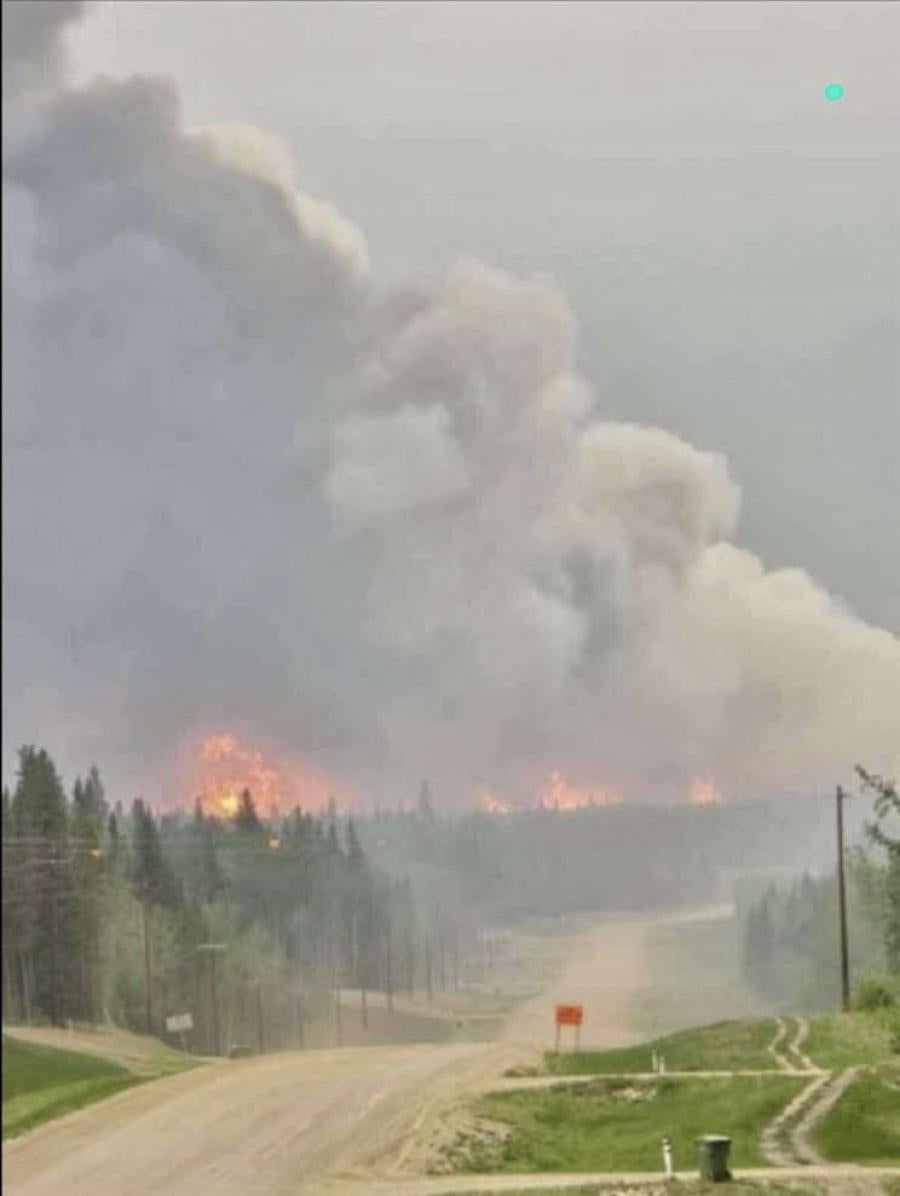
Canada’s “Cultural Genocide”
By Cass Madden
Canada’s Truth and Reconciliation Commission (TRC) has concluded, in a summary of their final report released June 2, 2015, that residential schools amounted to “cultural genocide” of First Nations peoples. Residential schools existed in Canada between the 1870s and 1996, when the last school closed; in the 150 years of their existence, an estimated 150,000 Indigenous children were sent to the schools, often against the wishes of their parents. According to the TRC, “these government-funded, church-run schools were set up to eliminate parental involvement in the intellectual, cultural, and spiritual development of Aboriginal children” and many students were “forbidden to speak their language and practice their own culture.” The report establishes that "these measures were part of a coherent policy to eliminate Aboriginal people as distinct peoples and to assimilate them into the Canadian mainstream against their will…because [the government] wished to divest itself of its legal and financial obligations to aboriginal people and gain control over their land and resources.”
The TRC was established as a part of a settlement in the largest class action lawsuit in Canadian history, which sought reparations for former students of the residential schools. The TRC was given a budget of $60 million over 5 years to discover the truth about what happened in the schools and to inform all Canadians of their findings. The commission also made a commitment to create a list of recommendations for reconciliation. Over 6 years, the TRC heard testimony from more than 6,700 former students about the abuse they faced in the schools and the lasting impacts that the experience has had on their lives and on their communities. The TRC has confirmed 3,200 student deaths in the schools which resulted from abuse, negligence, lack of medical care, and suicide, but they estimate that at least 6,000 children died in the schools. The testimony collected by the TRC illustrates a disturbing pattern of abuse and negligence in the residential schools and proves beyond a doubt that the aboriginal peoples of Canada continue to suffer the lasting consequences of the system.
The TRC released a wide-reaching list of 94 recommendations for reconciliation and though some have criticized it for containing many recommendations not directly related to the reparations due to residential school survivors, it is an important document for the government of Canada as they move beyond the nation’s troubled past. In 2008, Prime Minister Stephen Harper delivered a speech of formal apology to the First Nations, Métis, and Inuit children, families, and communities impacted by the residential schools, but no concrete actions followed the apology. The hope of the TRC is that their recommendations will help the government move beyond “just words” into policies of equality and reparation. The most key recommendations call for closer regulation of the separation of Aboriginal children and parents, reserving this for only the most extreme cases and placing children in culturally relevant homes when necessary. It also makes several recommendations about education, including that the federal government must work to reduce the gap between educational opportunities available for non-aboriginal and aboriginal children and offer university degree programs in aboriginal languages. The full report of the TRC, which is thousands of pages long and includes the testimonies of survivors, will be released later this summer.



